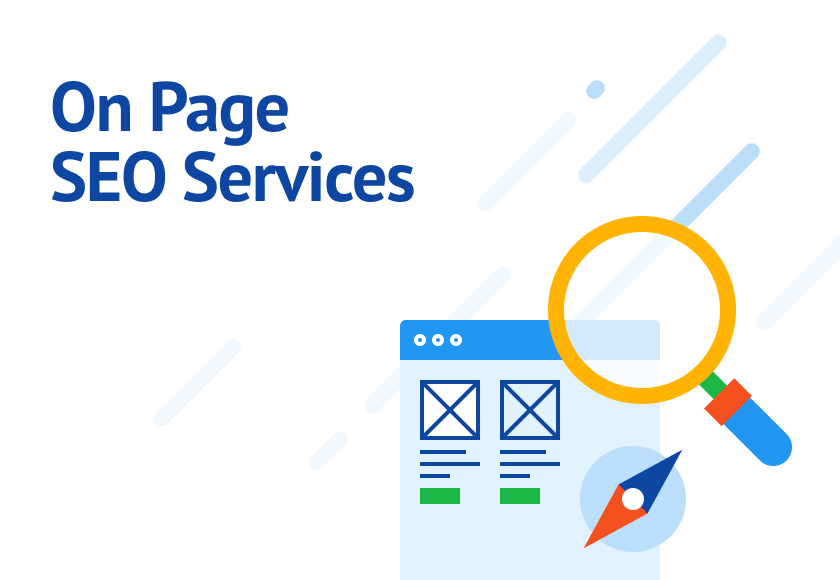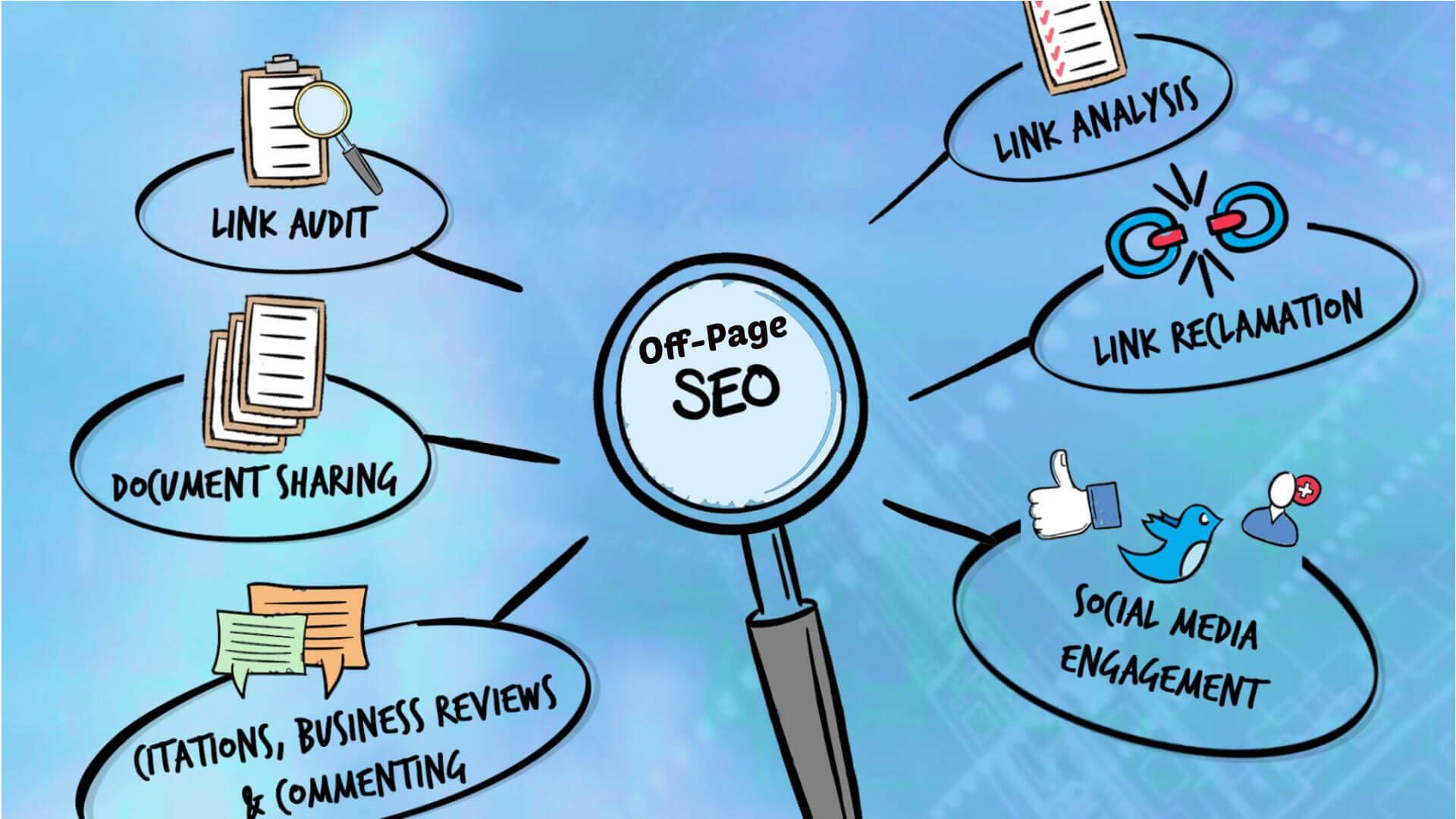To boost your website’s search engine rankings and drive more conversions, you need to prioritize usability. Start by optimizing your website’s navigation structure to provide clear pathways and intuitive menus that facilitate user-friendly navigation. Next, improve your page load speed times by optimizing images and enabling caching, as a 3-second delay can lead to high abandonment rates.
You should also enhance your mobile responsiveness design, create a user-centric content strategy, and simplify forms and user interface to reduce bounce rates and increase conversion rates. By implementing these strategies, you’ll be well on your way to achieving SEO success – and there’s even more to explore to take your website to the next level.
Optimize Website Navigation Structure
By streamlining your website’s navigation layout, you’ll create a clear pathway for users to find what they need, resulting in a more intuitive and engaging experience. This, in turn, can greatly enhance your website’s user experience, encouraging longer site engagement and ultimately driving business success.
A well-organized navigation layout also plays an essential role in boosting your website’s SEO rankings. By making it easy for search engines to crawl and index your pages, you’ll enhance your site’s visibility and increase your chances of reaching a wider audience.
To optimize your website’s navigation, take a user-centric approach by implementing intuitive menus and breadcrumbs. This will help your users navigate your site effortlessly, regardless of their device, thanks to mobile-friendly design. By focusing on usability, you can decrease bounce rates, increase conversion rates, and elevate overall website performance.
Improve Page Load Speed Times

Your website’s page load speed times play a pivotal role in determining its overall usability and SEO success, as a mere 3-second delay can lead to significant abandonment rates. In fact, 40% of users abandon a website that takes more than 3 seconds to load.
To improve page load speed times, you’ll need to focus on optimizing key elements that slow down your site. Here are some techniques to get you started:
- Optimize images to reduce file size and improve page load times
- Enable browser caching to store frequently-used resources locally
- Minimize server response times by reducing the number of HTTP requests
- Use content delivery networks (CDNs) to reduce the distance between users and website resources
Enhance Mobile Responsiveness Design

With the majority of website traffic now coming from mobile devices, guaranteeing that your site’s design is mobile responsive is vital for providing a seamless user experience and achieving SEO success. Google prioritizes mobile-friendly websites in search rankings, so it’s essential to get this right.
If your site isn’t optimized for mobile, you risk alienating a huge chunk of your audience, with users being 5 times more likely to abandon a task.
By contrast, a well-designed mobile site will engage users for longer, potentially boosting Google rankings and overall SEO. Mobile optimization also enhances the user experience, which in turn promotes higher engagement, driving visitors to spend more time exploring your site and ultimately making that all-important sale.
Enhance your website’s usability improvements by putting mobile at the forefront. By harnessing the latest design solutions to guarantee complete mobile responsiveness, you put your best foot forward when it comes to driving future website traffic, SEO performance, and maximizing the chance of real long-term Google rankings victory and online profitability.
Secure future success for your project – get adaptable and maximize visibility across each device right away.
Create User-Centric Content Strategy

Now that you have a solid foundation of mobile responsiveness in place, focus on developing a user-centric content strategy that speaks directly to the needs and preferences of your target audience.
To create content that truly resonates, you’ll want to conduct research on your audience‘s preferences and interests. Here are some key considerations to keep in mind:
- Conduct thorough research to understand your target audience’s needs, pain points, and questions
- Use data analytics to track user behavior, preferences, and interactions for content optimization
- Incorporate relevant keywords naturally within user-focused content to improve search engine visibility
- Regularly update and refresh content based on user feedback and performance metrics for continuous improvement
Simplify Forms and User Interface

Simplifying forms and the user interface plays a critical role in enhancing usability, as bulky and bewildering forms can quickly discourage users and negatively impact conversion rates. To streamline your forms and improve user experience, reduce the number of fields and use clear labels and concise instructions to guide users through the form completion process. Implementing auto-fill options can also speed up form filling and enhance usability.
Optimizing the user interface with intuitive design elements is essential for seamless navigation. Make sure that each element serves a purpose and doesn’t overwhelm the user. Error messages should be informative and user-friendly, assisting users in completing the form successfully. A well-designed user interface prioritizes simplicity, reducing frustration and abandonment rates.
To Recap
As you enhance your website’s usability, you’re opening the door to SEO success. A seamless navigation structure, lightning-fast page loads, and mobile-friendly design all come together to create a user experience that’s nothing short of magic.
By crafting content that speaks directly to your audience’s needs and simplifying forms, you’re clearing the path for search engines to crawl and users to convert. The result? A symphony of usability and SEO that drives results and elevates your online presence.








